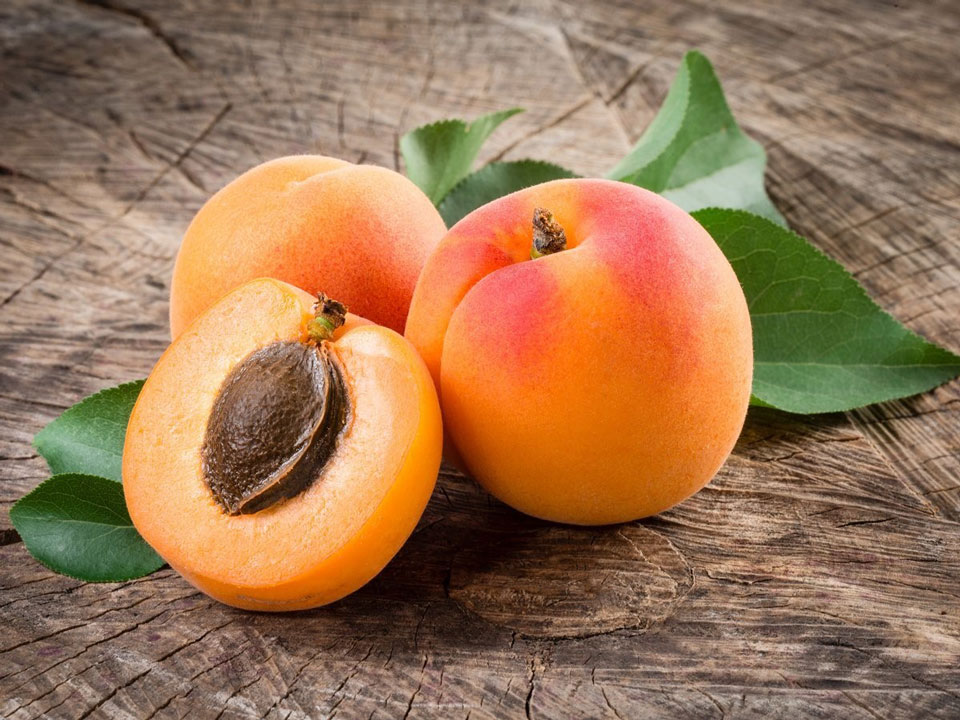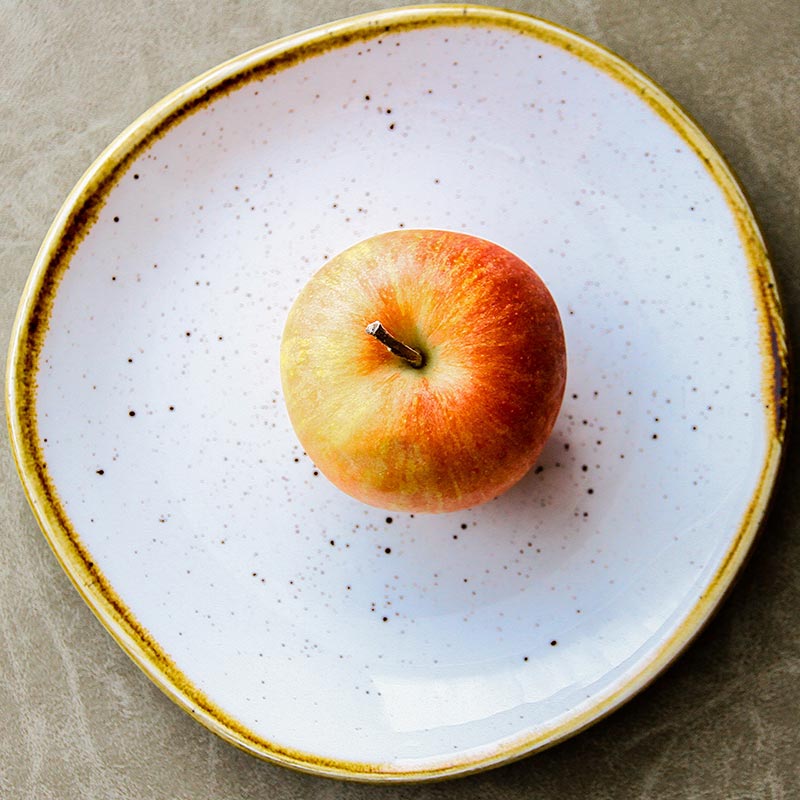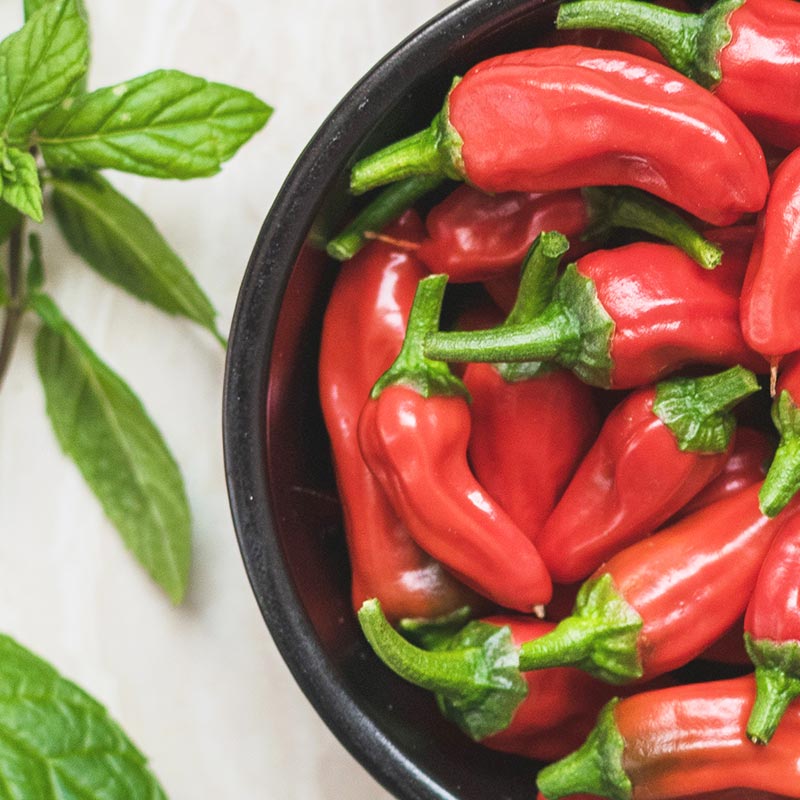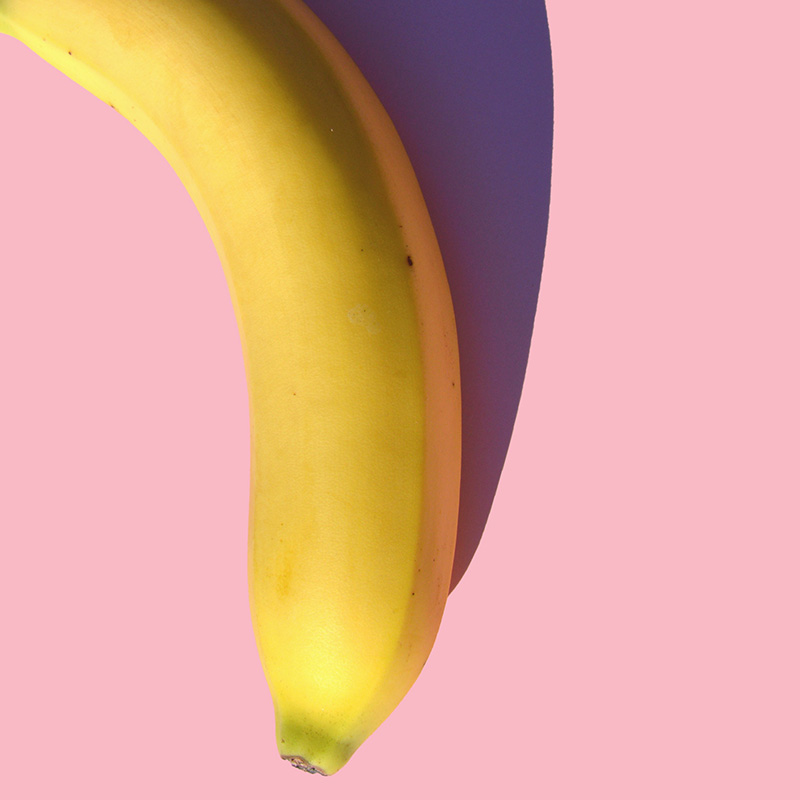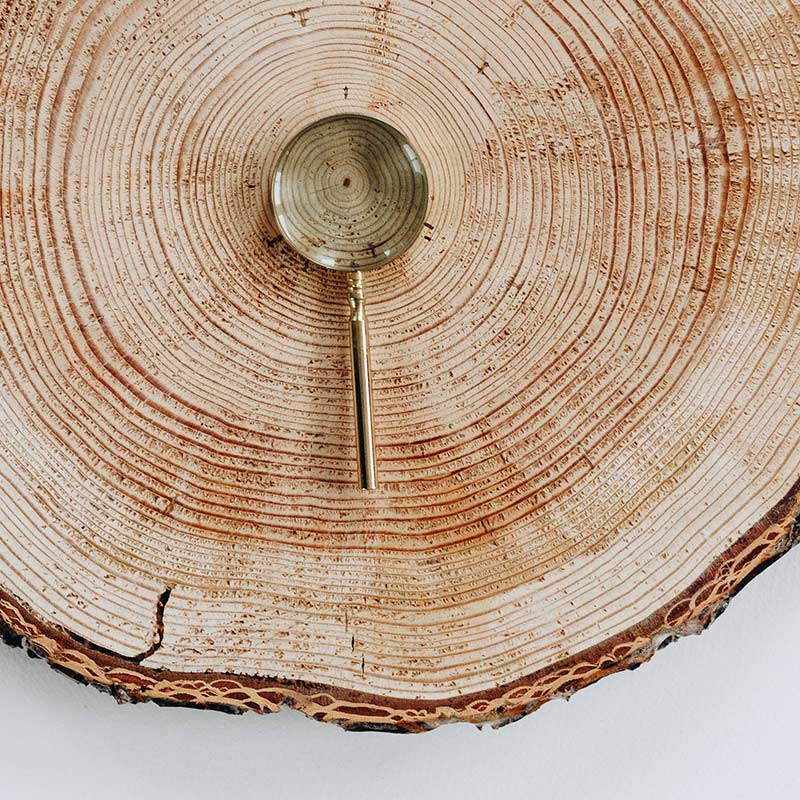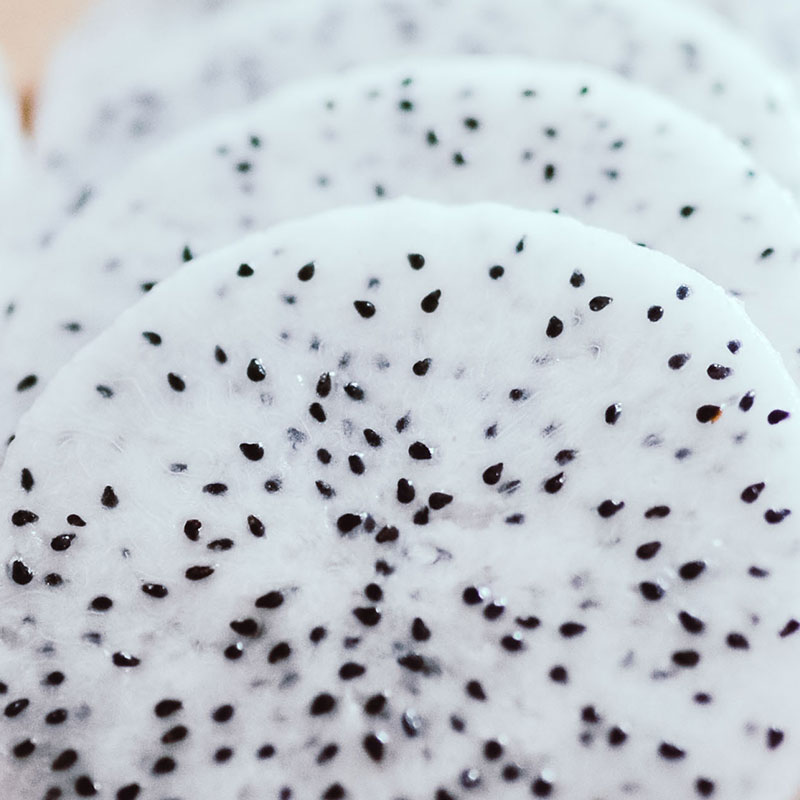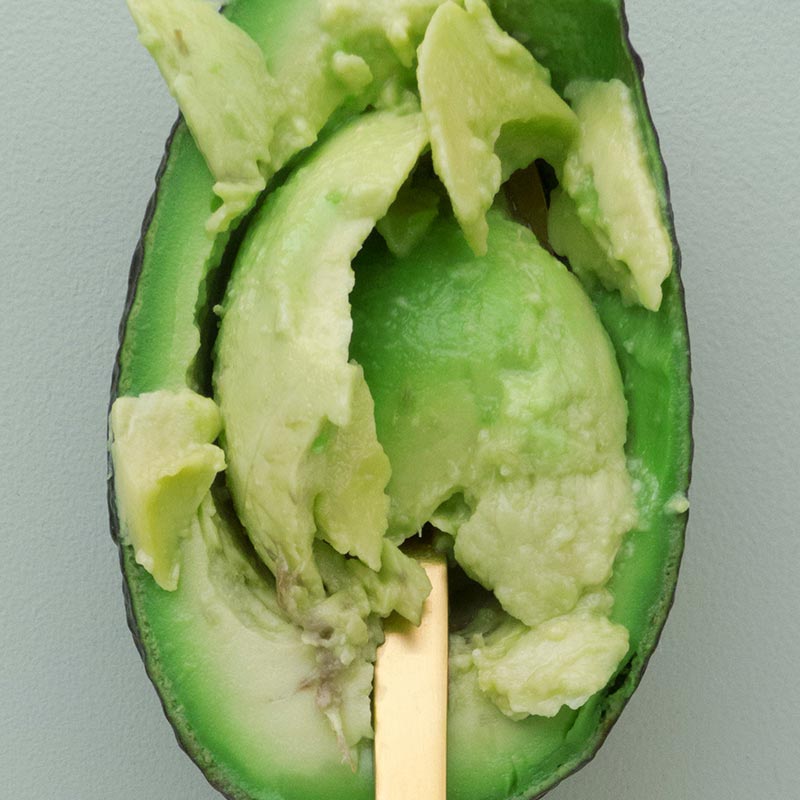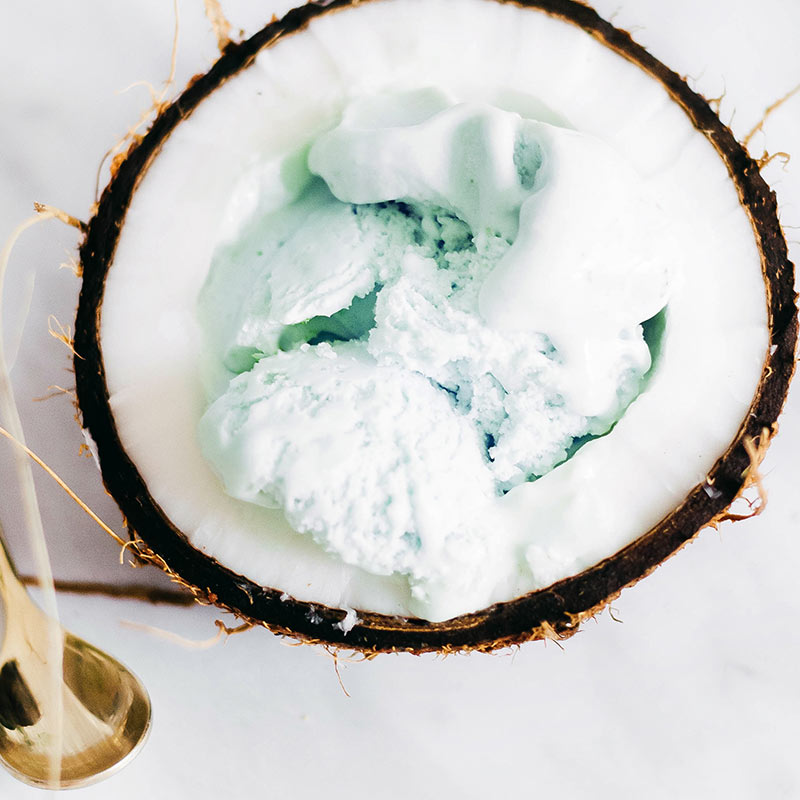Apricot:
The apricot is a small tree, 8–12 m (26–39 ft) tall, with a trunk up to 40 cm (16 in) in diameter and a dense, spreading canopy. The leaves are ovate, 5–9 cm (2.0–3.5 in) long and 4–8 cm (1.6–3.1 in) wide, with a rounded base, a pointed tip and a finely serrated margin. The flowers are 2–4.5 cm (0.8–1.8 in) in diameter, with five white to pinkish petals; they are produced singly or in pairs in early spring before the leaves. The fruit is a drupe similar to a small peach, 1.5–2.5 cm (0.6–1.0 in) diameter (larger in some modern cultivars), from yellow to orange, often tinged red on the side most exposed to the sun; its surface can be smooth (botanically described as: glabrous) or velvety with very short hairs (botanically: pubescent). The flesh is usually firm and not very juicy. Its taste can range from sweet to tart. The single seed is enclosed in a hard, stony shell, often called a “stone” or “kernel”, with a grainy, smooth texture except for three ridges running down one side
Apricots have been cultivated in Persia since antiquity, and dried ones were an important commodity on Persian trade routes. Apricots remain an important fruit in modern-day Iran.
According to the UN Food and Agriculture Organization world production of apricots in 2017 was 4.3 million tonnes, led by Turkey with 23% of the world total (table). Other major producers (in descending order) were Uzbekistan, Italy, Algeria, and Iran
Supply time:
| January | |
| February | |
| March | |
| April | |
| May | Available |
| June | Available |
| July | Available |
| August | Available |
| September | |
| October | |
| November | |
| December |







